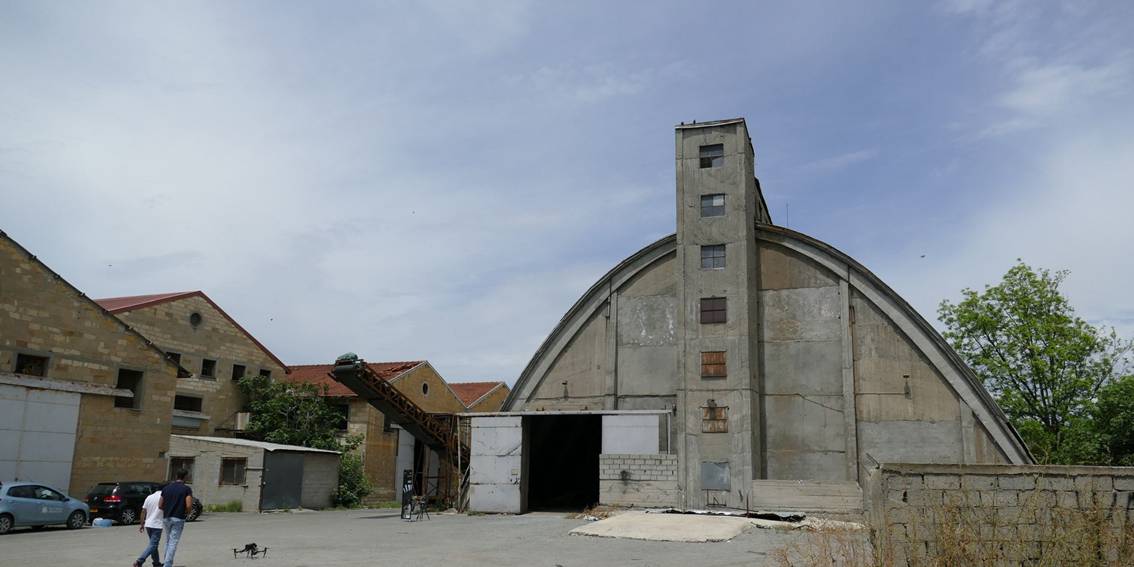Introduction
The ancient aromatic perfumes: Pyrgos, a village in the Limassol district of Cyprus, is a significant archaeological site known for its ancient aromatic produce. The discovery of the ancient aromatic perfumes dating back to around 2000 BCE has provided profound insights into the technological and cultural advancements of early Cypriot society. This perfumery, one of the oldest known in the world, highlights the sophisticated production and trade of aromatic substances in antiquity.
Discovery and Archaeological Significance
Italian archaeologist Maria Rosaria Belgiorno led excavations in 2004 that uncovered the ancient perfumery in Pyrgos. The site, remarkably well-preserved, includes various artifacts and facilities used in perfume production.
Strategic Location
The ancient aromatic perfumes in Pyrgos is situated just outside the village, a bustling centre of trade and industry during the Bronze Age. Its location facilitated the exchange of goods and ideas across the Mediterranean, making Pyrgos a significant hub for economic and cultural interactions.
Production Processes: Tools and Equipment
Artifacts found at the Pyrgos site reveal the production processes of ancient perfumes. The workshop contained distillation equipment such as alembics

(early distillation apparatuses), mixing bowls, storage jars, and flasks. These tools indicate a highly developed method for extracting and blending essential oils.
Ingredients and Techniques: Extraction of Essential Oils
Workers extracted essential oils through distillation. They heated plant material to release aromatic compounds, which they then condensed and collected. The presence of alembics shows that Pyrgos inhabitants used an early form of distillation, demonstrating advanced knowledge of chemistry.
Blending and Storage
After extraction, workers blended essential oils to create complex fragrances. They used mixing bowls and stored the oils in flasks and jars, often sealing them to preserve the fragrance. Some containers were made of alabaster, which protected the contents from light and air.
Natural Ingredients
The ancient aromatic perfumes used ingredients derived from local flora, including olive oil, laurel, myrtle, rosemary, lavender, and anise. People chose these plants for their pleasant aromas and symbolic or medicinal properties.
Economic Implications: Local Economy
The cultivation of aromatic plants and perfume production provided employment and stimulated economic activity in Pyrgos. The demand for luxury goods likely encouraged the development of agricultural techniques and trade relationships.
Trade Networks
Pyrgos’s strategic location facilitated trade across the Mediterranean. Perfumes produced in Pyrgos were probably exported to other regions, enhancing the area’s economic prosperity. Artifacts of Egyptian and Near Eastern origin found at the site indicate Pyrgos’s role in a broader trade network.
Economic Diversification
Pyrgos had a diversified economy, with industries like wine pressing and olive oil production alongside perfume manufacturing. This integration allowed for economic resilience and growth.
Cultural Importance: Religious Significance
Perfumes played a vital role in religious ceremonies and rituals. People believed that the aromatic smoke from burning incense carried prayers to the gods. Perfumeries near religious sites suggest a close connection between fragrance production and religious practices.
Medicinal Uses
Many plants used in ancient perfumes had medicinal properties. For example, myrtle and rosemary were known for their antiseptic qualities. People used perfumes and aromatic oils in healing practices for their therapeutic effects and ability to mask unpleasant odours.
Social and Personal Use
Perfumes marked social status, with complex fragrances indicating wealth and sophistication. People used perfumes to anoint the body and hair, contributing to personal hygiene and attractiveness.
Symbolic Meanings
Aromatic substances carried symbolic meanings. For instance, laurel symbolized victory and protection, while myrtle represented love and beauty. The choice of ingredients in a perfume could convey specific messages or intentions.
Broader Historical Context: Technological Advancements
The sophisticated techniques used in the Pyrgos perfumery reflect a high level of technological and scientific knowledge. This challenges the notion of technological primitivism in ancient societies and highlights Cyprus’s contributions to early scientific advancements.
Cultural Interactions
The trade of aromatic products facilitated cultural interactions between regions. The exchange of goods accompanied the exchange of ideas, technologies, and cultural practices. Foreign artifacts found in Pyrgos underscore the interconnectedness of ancient civilizations.
Economic Strategies
The production and trade of perfumes illustrate how ancient Cypriots leveraged their natural resources and geographic position. By developing specialized industries, they actively participated in regional and international trade networks.
Socio-political Structure
The organization of perfume production suggests a complex socio-political structure. Large workshops imply the presence of skilled labour and managerial oversight, indicating social stratification and governance.
Conclusion
The ancient aromatic perfumes of Pyrgos, Limassol, stand as a testament to the ingenuity and sophistication of early Cypriot society. The discovery of the ancient perfumery sheds light on advanced production techniques, economic implications, and the cultural significance of perfumes in antiquity. By examining the artifacts and production processes, we gain a deeper understanding of the technological prowess and cultural richness of ancient Cyprus. The ancient aromatic perfumes of Pyrgos not only enhance our knowledge of early perfumery but also underscore Cyprus’s importance as a centre of trade and cultural exchange in the ancient Mediterranean world.
You May Also Like This
The Oldest Olive Trees Protected by the Department of Forest: https://anatolikilemesou.com/?p=3692




